Massacre, forced deportation, and bombing of Qaladze -1974
Qaladze (in English: Qaladze, in Arabic: قلعةدزة, in Persian: قلعە دیزە) is a city located in the Pishder district of the Sulaymaniyah province, in the Kurdistan region of Iraq.
On April 24, 1974, warplanes from the Ba’ath regime, equipped with prohibited weapons like napalm bombs and aircraft (Russian Sukhoi, French Jaguar, and Russian MiG), bombed the city of Qaladze. This bombardment destroyed the town and caused the death of 163 students and citizens. Over 300 people were injured, most of whom were students from Sulaymaniyah University who had remained in the internal parts. The university administration, the hospital, the municipality, the governorate, the girls’ school, the high school, as well as 27 homes and 40 public and private places were targeted in this bombing. They were leveled to the ground.
The fate of the pilots who bombed Qaladze
The aircraft that bombed Qaladze on 24/4/1974 and two days later, Halabja, had come from the Kirkuk Airbase. The base commander was pilot Salim Sultan Abdullah Basu. He was personally leading the squadron. He was eventually promoted to the rank of Colonel Pilot. He was executed by firing squad in 1993 on charges of attempting a coup against Saddam Hussein, along with other brutal officers, including Kamil Sajit and Barq Abdullah Hantah.
Forced Displacement between the years 1977-1981
In 1977, the inhabitants of the villages at the foot of Qandil mountain were forcibly relocated. In 1978 and later in 1981, the residents of the villages surrounding the district of Qaladze were transferred to forced camps as below:
Relocation of residents of 13 villages to Chawarqurna township.
Relocation of residents of 9 villages to Komtan forced camp.
Transfer of residents of 4 villages to Anza forced camp.
Relocation of residents of 43 villages to Bastesten forced camp.
Relocation of residents of 17 villages to Tuasuran forced camp.
Transfer of residents of 27 villages to Pemalek forced camp.
Relocation of residents of 12 villages to other forced camps.
Qaladze Uprising – 24/4/1982
On April 24, 1982, in remembrance of the martyrs and victims of the bombardment in Qaladze, residents, led by students, organized widespread protests against the policies of the Ba’ath regime. The regime’s security forces suppressed these protests. The troops dispersed, then armored vehicles and military bases on the city’s hills started firing at the people, injuring two students. Forty-nine students and 50 children were arrested. Several citizens were martyred.
Forced Displacement of Qaladze – 1989
Qaladze was frequently bombed due to its activities and geographical location, resulting in the deaths of hundreds. Since the 1960s, the city has been consistently targeted by aerial bombardments and successive attacks by Iraqi military forces. It was bombed in 1963 during the reign of Abdul Salam Arif and in 1966 during the presidency of Abdul Rahman Arif. Most of the time, most of the city’s inhabitants lived in exile. The final phase of forced Displacement along the border between the Peshdar region and Qaladze was in 1989, when the Peshdar area was wholly turned into a restricted zone. The towns, villages, and Qaladze were leveled, their farms burned, and their springs dried up. Later, on 20/6/1989, the Iraqi regime forcibly relocated the residents of Peshdar from Qaladze, Sangasar, Hiro, and Zherawa to forced camps in Hajiawa, Pir Magrun, Bazyan, Bainjwana, Tinal, Daratu, and Khabat. Homes, schools, public places, and mosques were all destroyed, and the city was declared a restricted zone.
Qaladze in the Iraq-Iran War
During the war between Iraq and Iran, due to its location on the border, Qaladze was continuously under fire and bombardment, resulting in the deaths of about 100 citizens.
Qalaidza case in the Iraqi High Criminal Court
“After the liberation process of Iraq, the fall of the Ba’ath dictatorship regime, and the establishment of the Iraqi High Criminal Court, the case of the bombing and mass killings in Qaladze, as well as its schools and institutions, and also the forced displacement and mass killings of the area’s residents, were examined. In 2014, the Iraqi High Criminal Court established this crime as genocide. However, a final verdict has not yet been issued.”
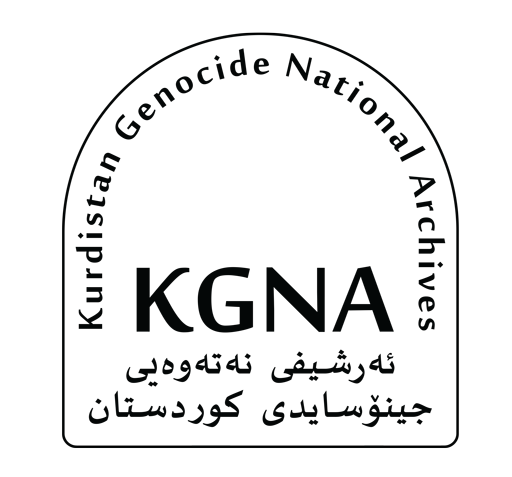

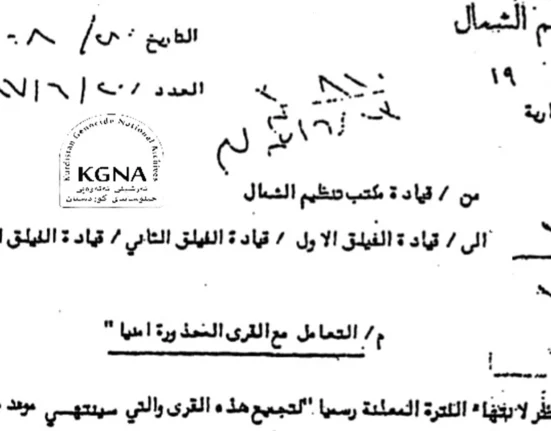

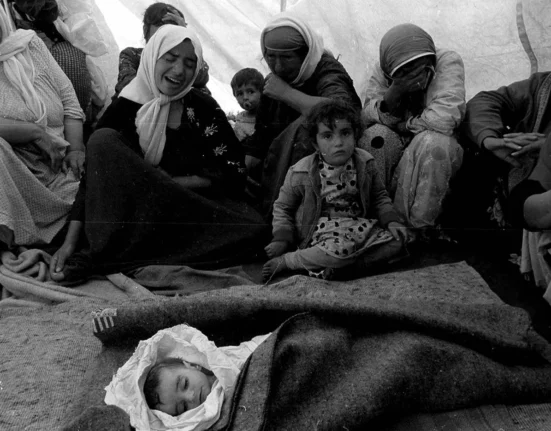

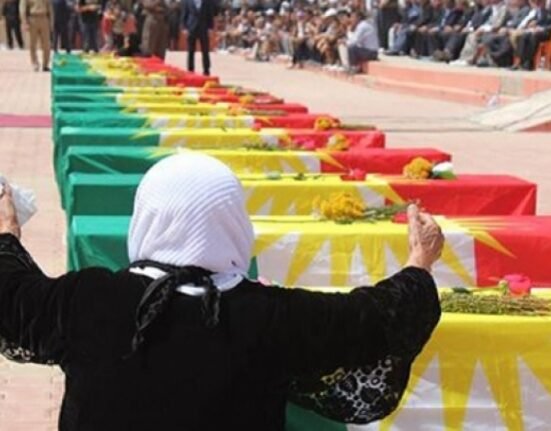
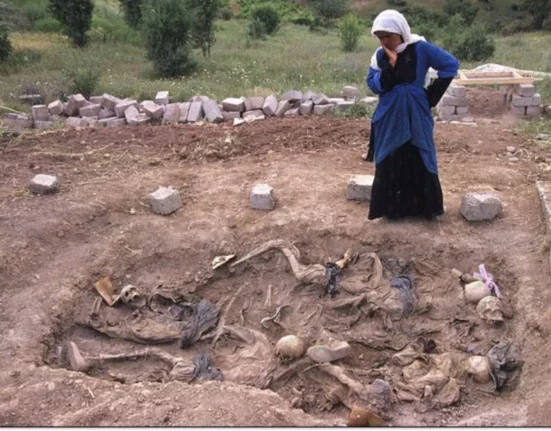
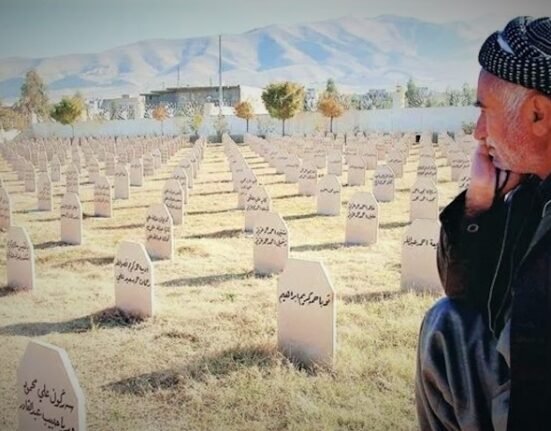

Leave feedback about this